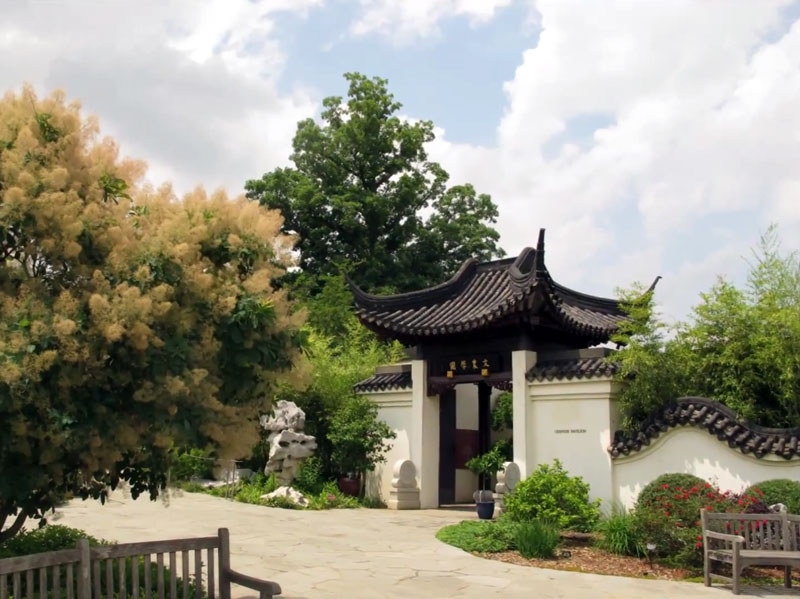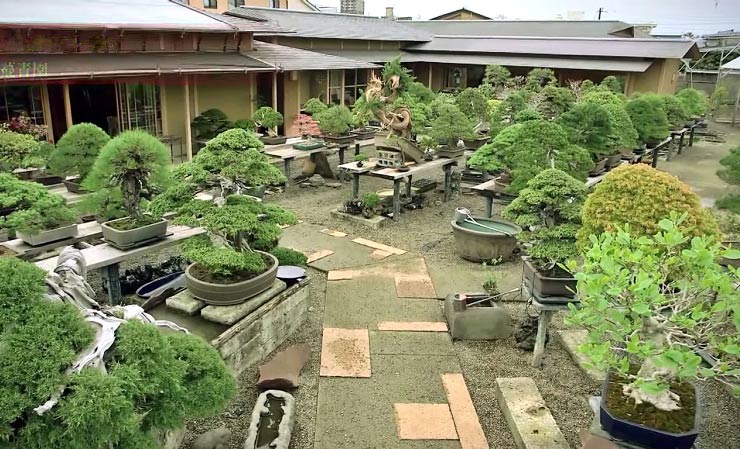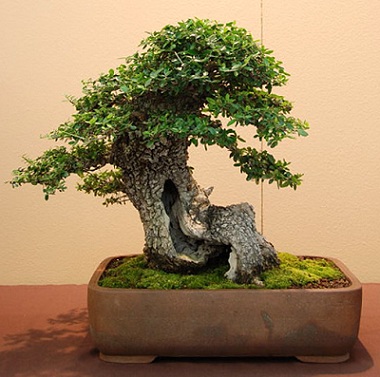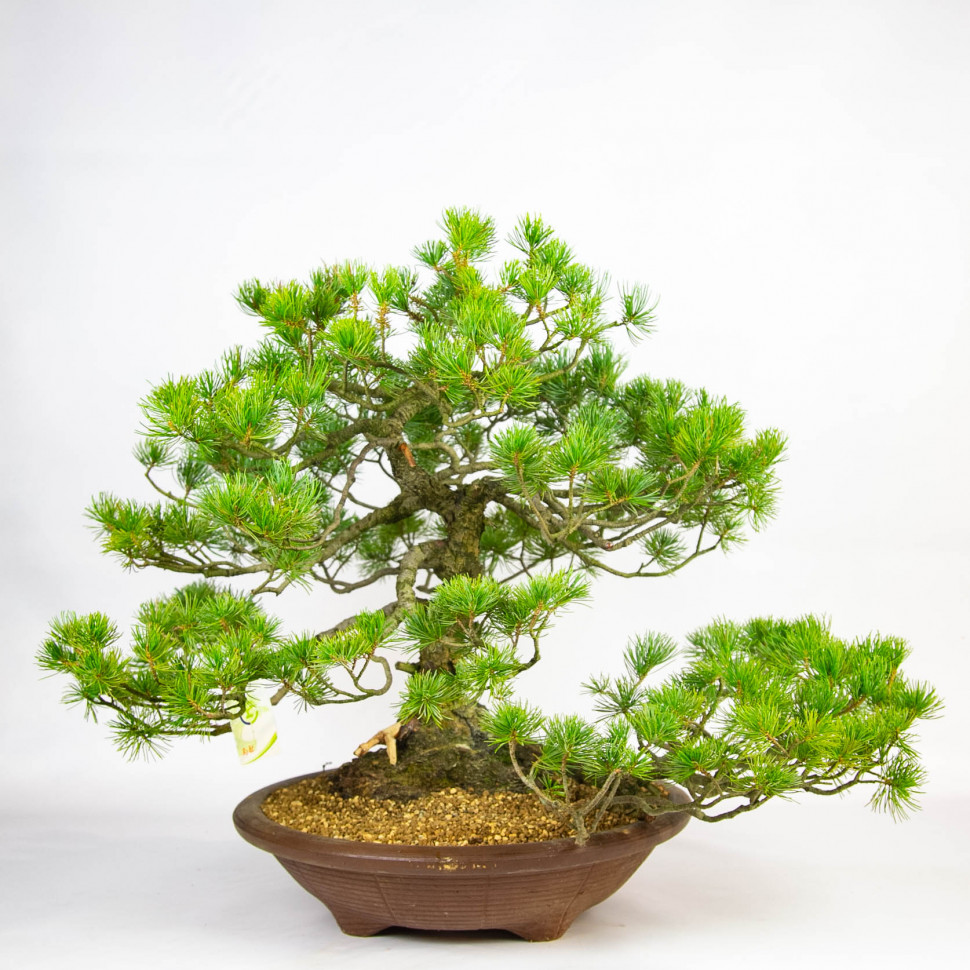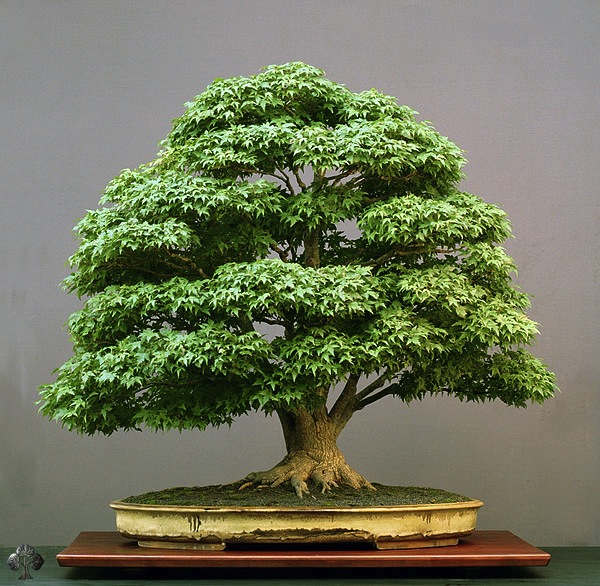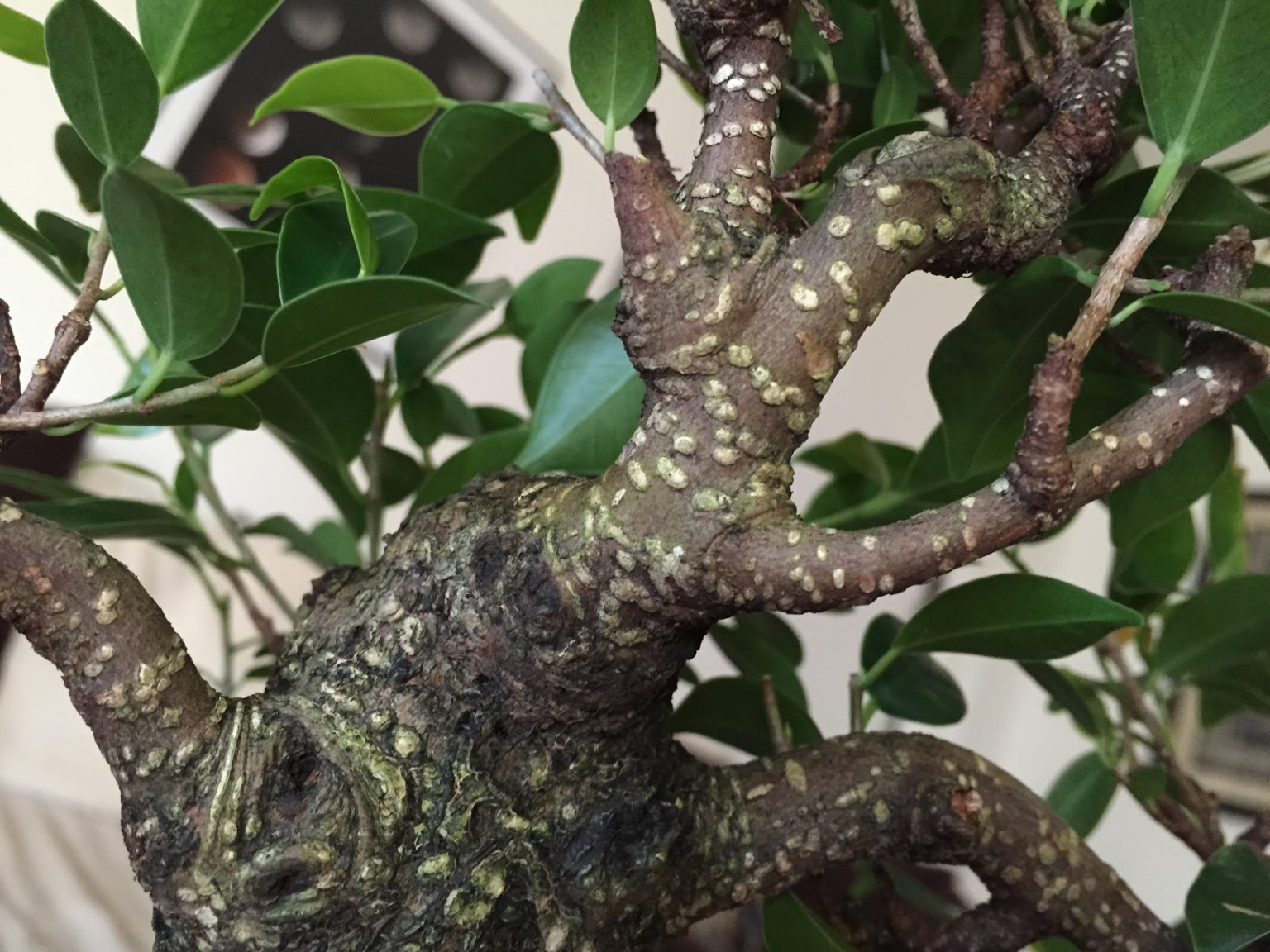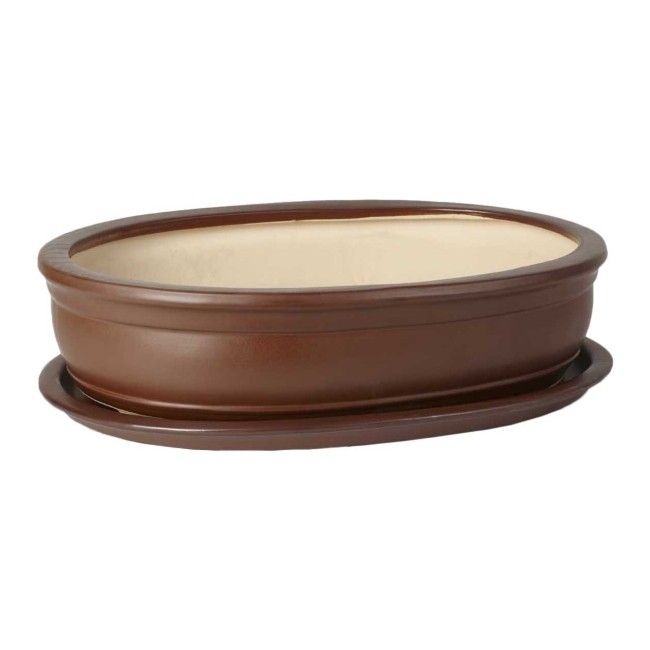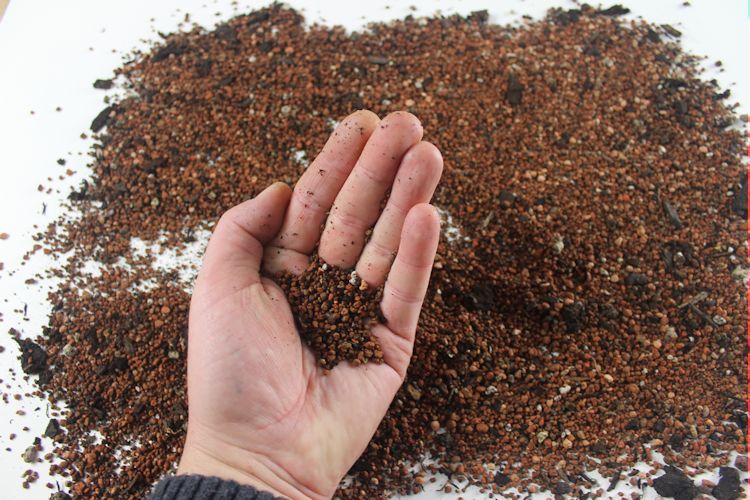The main advantage of azalea is its large and numerous flowers, often resembling a rose. The plant of the heather family (Ericaceae) is a semi-shrub, which in the open air can reach three meters in height.
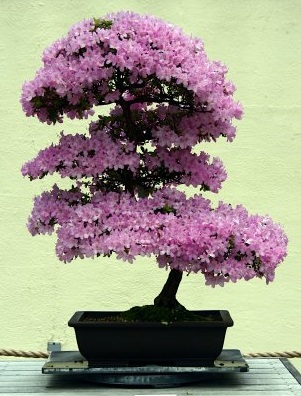
The genus azalea is derived from varieties and hybrids of the genus rhododendron (Rhododendron), formed as a result of crossing various hybrids. Bonsai azalea is quite capricious and requires a cold winter to form buds. But with proper care, the plant will thank you with its flowers, which will delight you for several weeks.
There are two species that are best suited for growing azaleas indoors. One of them is the Indian azalea (Azalea Indica). The leaves of this species are leathery with a drooping lower side, up to four centimeters in length.
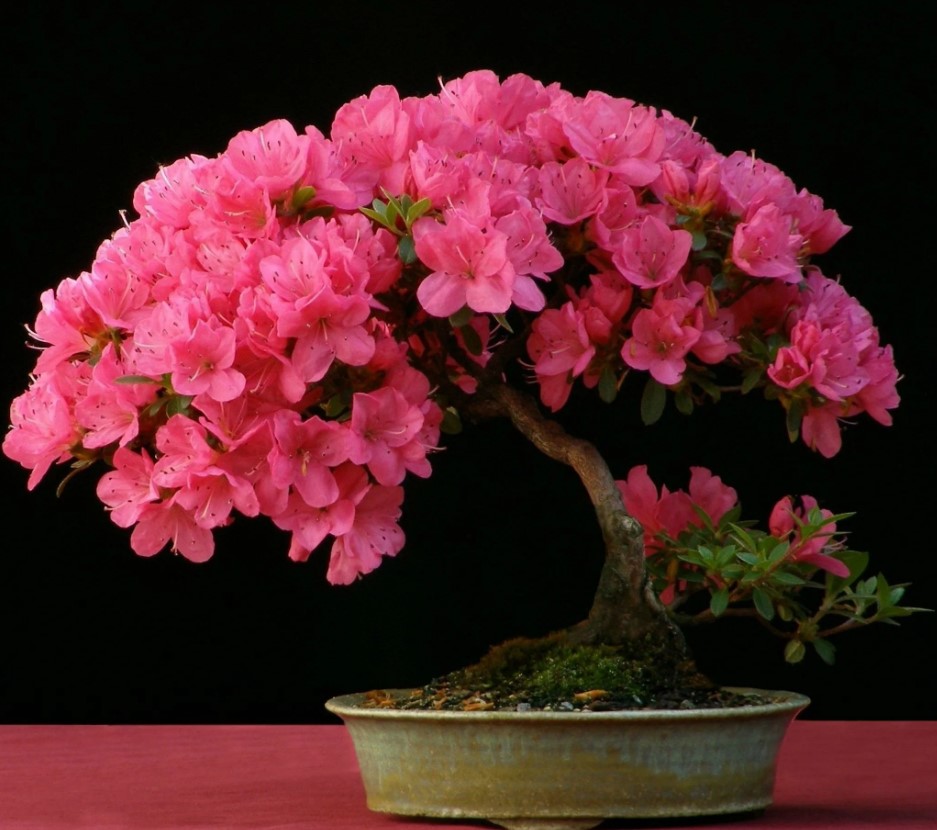
Depending on the type of this cultivar, the flowers can be purple, red or white, although the most common is the Indian azalea with pink petals.
There are also combined flower colors, for example, white with a pink center (Osta variety) or pink with a white border (Inga variety). The petals can be simple or corrugated, and the flowers can be ordinary or double. Bonsai lovers should pay attention to Japanese azalea (Azalea japonica), since its flowers are smaller, no more than 3 cm in diameter, this gives the formed tree a harmonious appearance. The leaves of this species have a glossy surface, up to five centimeters in length.
Soil:
Acidic soil rich in nutrients. Change the soil partly when repotting bonsai.
Lighting:
Azalea light-loving, place it in a bright room, but protect it from direct sunlight.
Temperature:
In winter 6-8° C, in summer it is advisable to maintain a temperature within 10-15° C. During the flowering period, spray the azalea with warm water daily.
Watering:
Frequent and abundant, the soil in the pot should be constantly moist. It is advisable to water with rain or melt water, it is possible to replace it with soft water at room temperature.
Top dressing:
From spring to autumn, regularly feed your azalea bonsai with iron-rich fertilizers.
Formation:
Prune azalea bonsai towards the end of spring or early summer. Be careful when using wire and stretchers, as azalea has very fragile branches and it is necessary to change their growth direction gradually. Regularly remove fallen leaves and dry branches inside the crown, this will improve the appearance of the tree.
Purchasing a plant:
Azalea readily propagates by grafting, seeds and cuttings. The most suitable period for this is spring. In autumn, use seedlings. Azalea is easy to find in flower shops, when choosing a plant for bonsai, pay attention tohis condition.
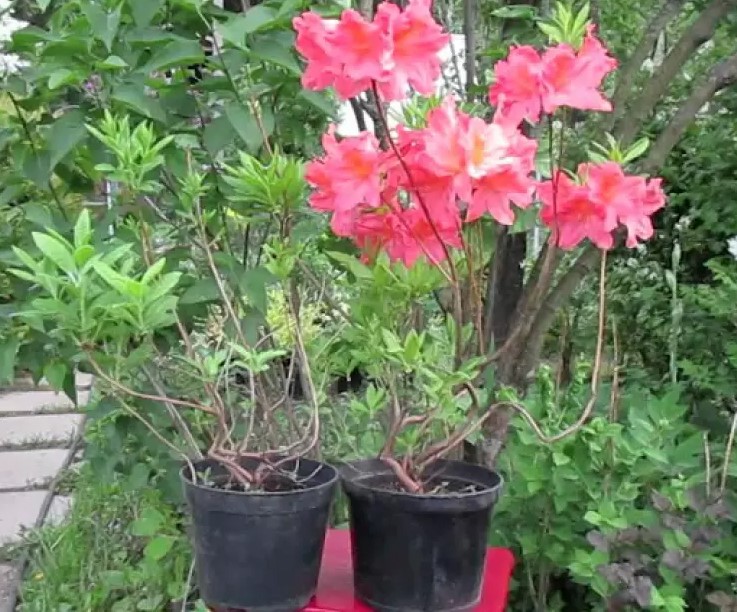
Pests and diseases:
If you grow azaleas correctly, then pests and diseases are not a problem for them. Otherwise, they may be damaged at the beginning of the season.aphids and woodliceWhen leaves become covered with brown spots, these are signs of a fungal disease.

